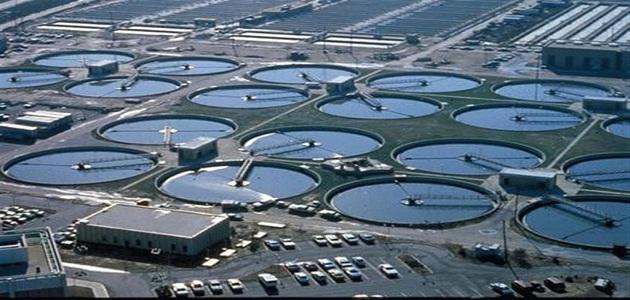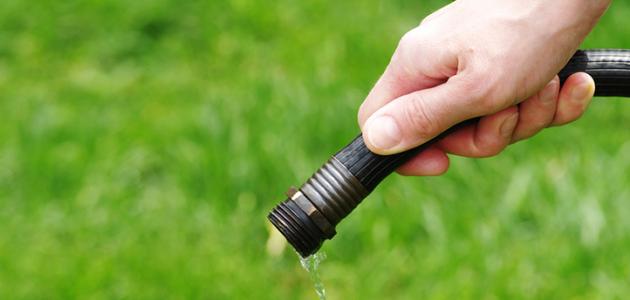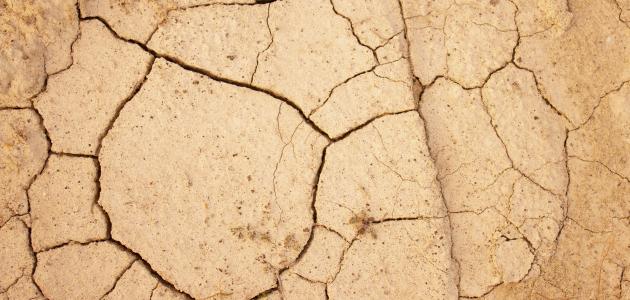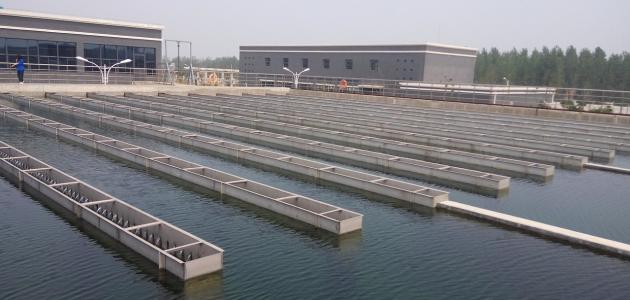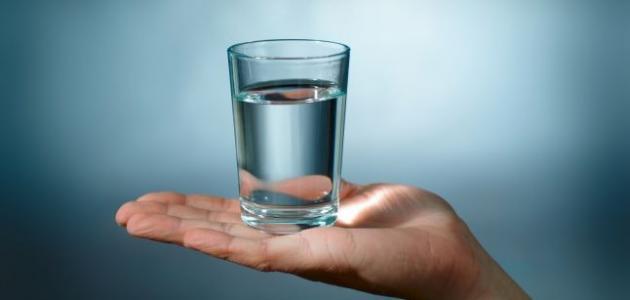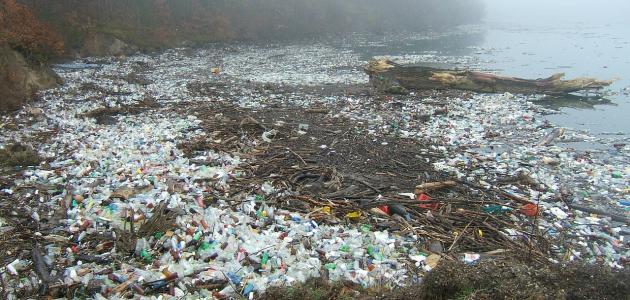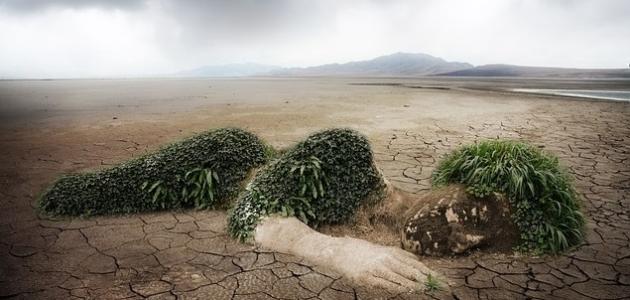In ancient times, people used to go to water sources to supply it, or they were forced to dig wells to collect rainwater in order to benefit from it. The problem of supplying water was difficult and involved a lot of suffering, but today it has become very easy after all homes and buildings have been supplied. With special networks to deliver water directly to them, however, this led to an increase in water consumption and thus an increase in the amount of polluted water resulting from this consumption, which required the presence of sewage networks to drain this polluted water so that it does not affect the surrounding environment.
Sewage water treatment
Recently, the world has witnessed a significant increase in population; This led to increased pressure on water resources and a significant increase in the amount of wastewater, so the need to treat wastewater arose. This water is the water that carries waste either from homes, factories, or hospitals, but it often consists of water loaded with liquid organic materials from bathrooms. If this water is left untreated and discharged into rivers or other bodies of water, this will result. A major environmental disaster with unforeseen consequences, and among the most dire consequences that result from it are:
- The spread of disease-causing germs and microbes in drinking water or any other uses.
- The death of many organisms that live in water due to contamination with sewage.
- The appearance of an unpleasant odor in the water, and the presence of mold in it.
stages of wastewater treatment
Wastewater treatment is a process in which wastewater is purified from impurities, suspended materials, pollutants, and organic materials, so that it then becomes suitable for non-human use, or so that it can be disposed of in sewers or bodies of water without causing contamination. Wastewater treatment goes through several stages, which are as follows:
Read also:environmental problemsInitial phase
At this stage, the water is initially treated, so that water is collected from all places in order to facilitate its treatment. Here, impurities, fats, oils, grease, sand, rocks, and large pieces suspended in the water, such as pieces of clothing, are removed and disposed of, and they are separated from the water through the barrier located in the station. Processing.
Filter
Here, the wastewater is passed through special strainers to filter the water from solid pieces stuck in it, such as pieces of iron, wood, glass, or large pieces such as pieces of cloth or paper, so as not to cause disruption or damage to the devices during the treatment process.
Sand and rock removal stage
At this stage, the wastewater is passed into sedimentation basins at a slow speed in order for its contents of suspended materials to settle, including rocks, sand, soil, and solid pieces. Sometimes some chemicals are used that facilitate the sedimentation process, such as iron salts or alum (which are somewhat expensive). An oily substance floats on the surface and is scraped off from time to time.
sedimentation
Here, the waste water is placed in primary sedimentation tanks, so that dust, sand, and other impurities suspended in the water precipitate, and oils and grease float to the surface to be scraped off. The goal of this process is to produce a homogeneous liquid that can be treated biologically so that the dirt is extracted so that it can be disposed of. Or reuse it again.
Read also:Writing a social essay on environmental pollution